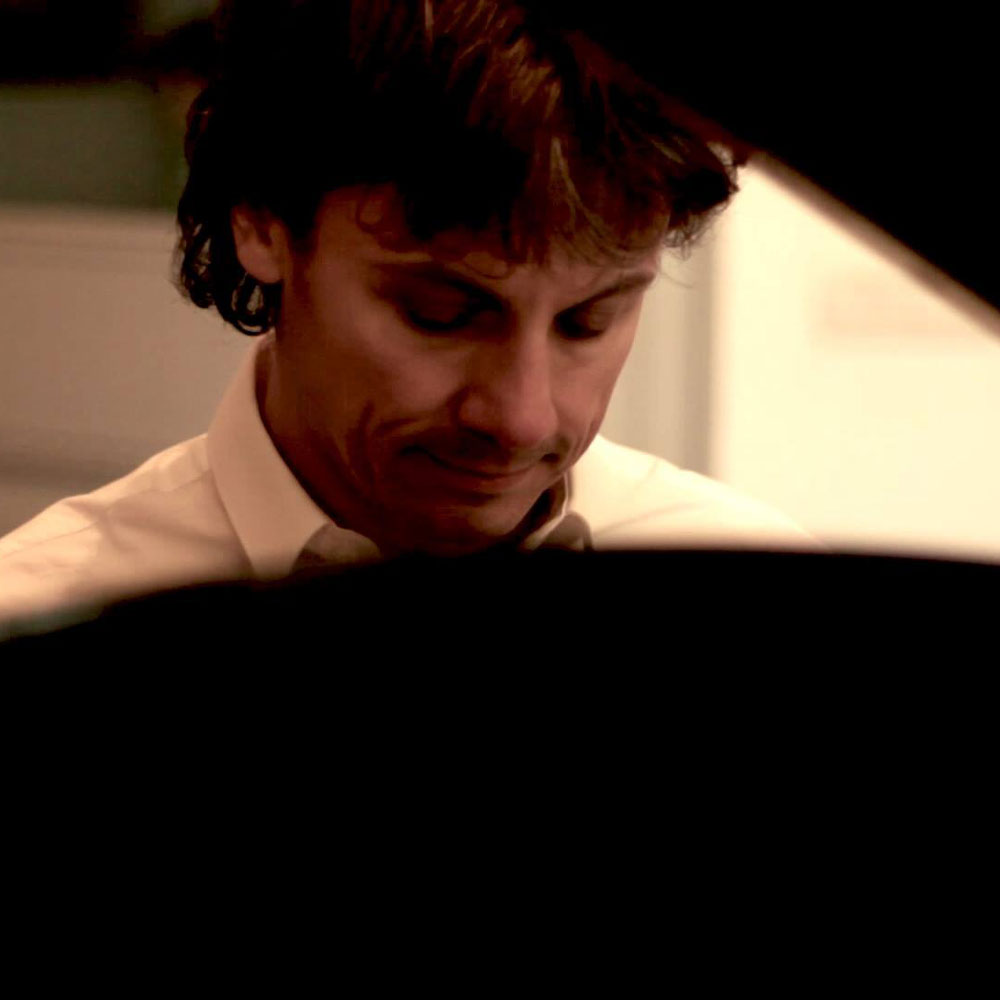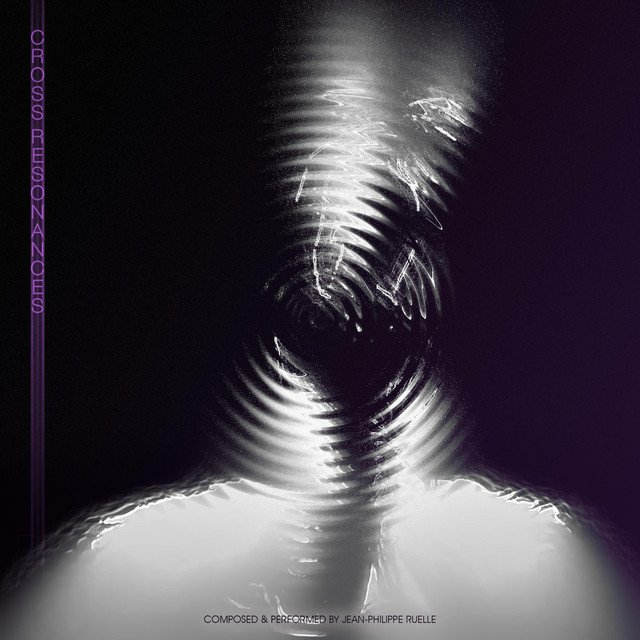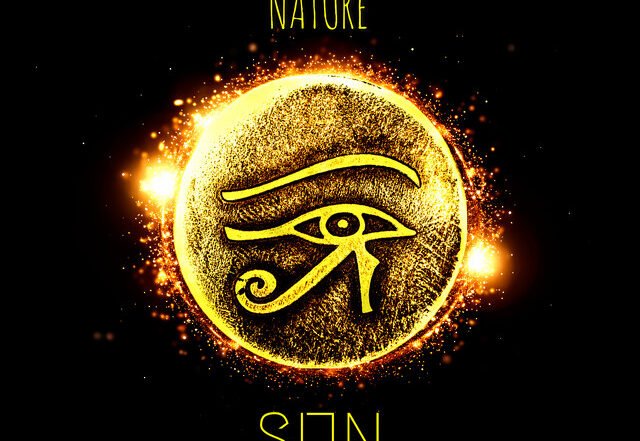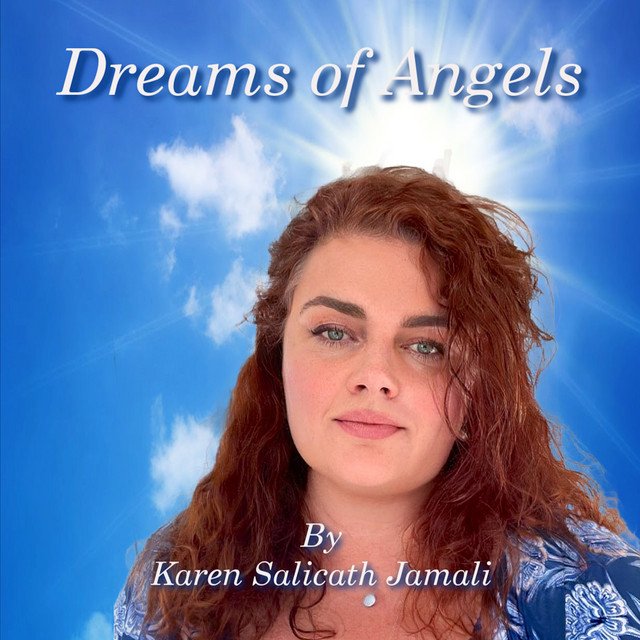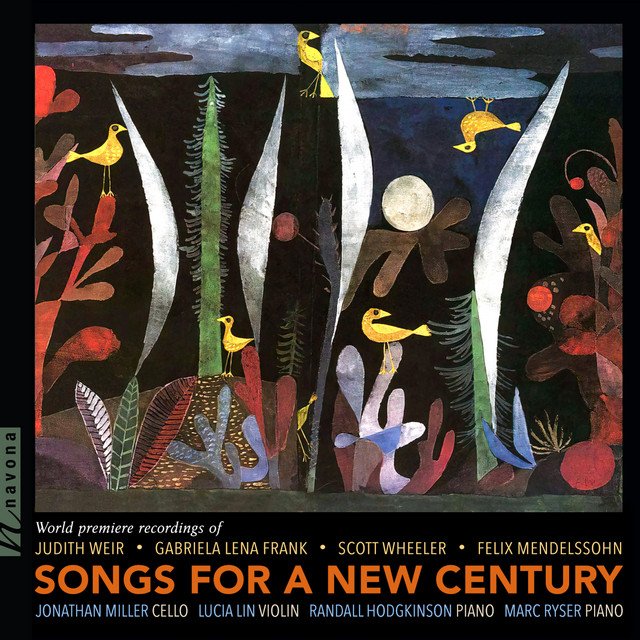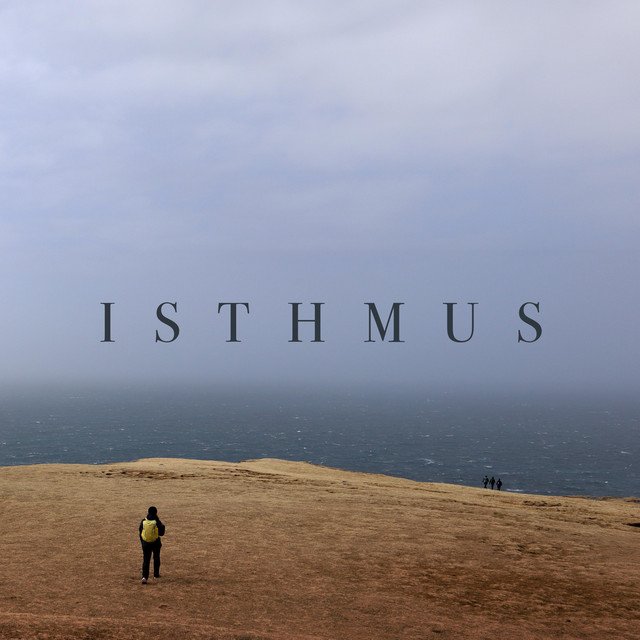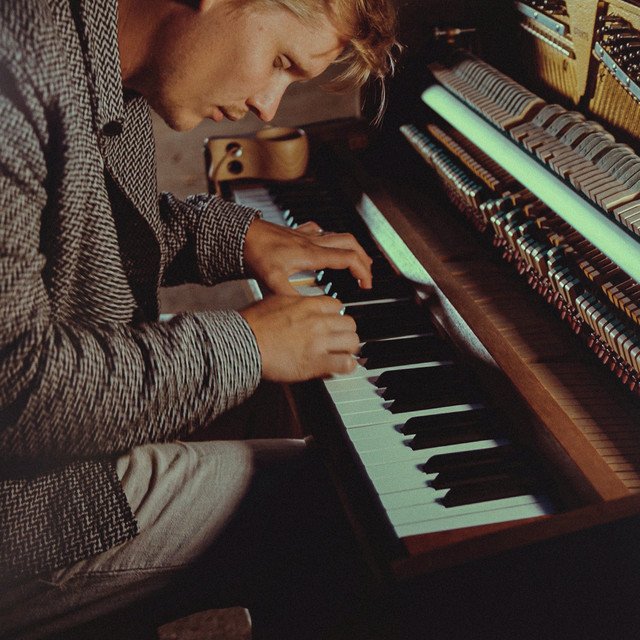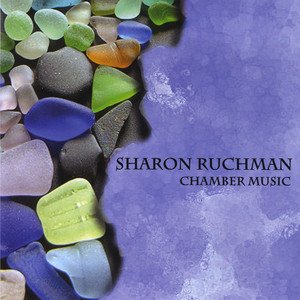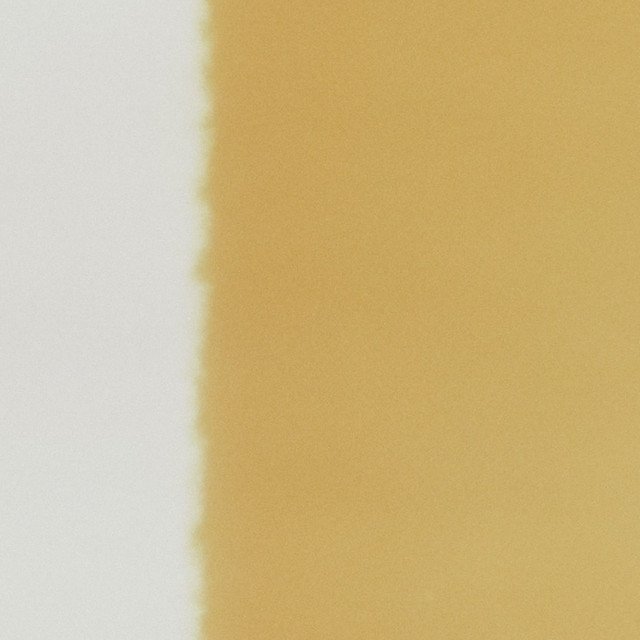Neoclassical Music ⁞ New Releases⁞ Artist Interviews⁞ Music News
Introduction of Neoclassical Music
Neoclassical music is a style of classical music that is characterized by its use of traditional forms and styles, as well as a focus on structure and balance. It is often seen as a reaction against the romantic style of music, which was characterized by emotion and passion, and was influenced by the ideas of the Enlightenment, which valued reason and classical learning.
Some of the key features of neoclassical music include the use of traditional forms such as sonata form, the use of clear and concise melodies, and the incorporation of elements of folk music and popular music. Neoclassical music also often featured a return to tonality, which is the use of a specific key or tonal center in a piece of music.
The neoclassical style has had a lasting influence on classical music, and it continues to be an important part of the classical repertoire
Favorite Neoclassical Music on Spotify
Favorite Neoclassical Videos on Youtube
Recent Neoclassical Interviews
Lorenzo Tempesti Interview on Nagamag.com
Lorenzo Tempesti
Interview
Nagamag:
What are the genres that describe better your music style?
Lorenzo Tempesti:
Modern classical music Piano crossover
Nagamag:
Few words about your musical background and career?
Lorenzo Tempesti:
I define myself as a composer, specialized in piano and soundtrack music. At the beginning I was mostly writing music for videos, documentaries, commercials in my region. Meanwhile, I used to play in various music bands, among which Silvia Michelotti and Cushini di fanfole. My personal soloist career started with the CD "While the others sleep" in 2016. I've continued distributing a wide production music library through my websites www.bestproductionmusic.com and www.suonimusicaidee.it, on which it is possible to request and obtain licenses for using my tracks in videos, apps and other projects. My music production has increased in the last two years: in 2019 I've released three Digital 45s (Valzer della dogaressa, Leonardo and The flat sea) and one single (6 minutes - 44). At the end of the year I've started also a parallel electronic music project called "Storm(s)". In January 2020 the new modern classical single "Last Bourbon" and the EP "Still Alive" as Storm (s) were released. The "Suite for Malta" EP, dedicated to the Mediterranean island, was released in April 2020.
Nagamag:
Do you remember your first connection of love to music that was the right impact to be a music artist now?
Lorenzo Tempesti:
Not sure of which is the most important among these three: - the immersion in music listening I've lived in my parents' house - my first music keyboard, when I was 8 - the nights I spent composing in my room, when I was a teenager
Nagamag:
What is the impact of the new music distribution system for an artist like you?
Lorenzo Tempesti:
Since piano music is still a "niche", for me this is a great opportunity. From selling 300-400 records now I can count 30/40,000 monthly listeners, spread all around the world instead only in my region and country. And many opportunities came also from the contact with other artists, with which I exchange ideas and start collaborations.
Nagamag:
What is your role as an artist in this Covid-2019 emergency?
Lorenzo Tempesti:
I am participating in many charity and cultural initiatives related to the virus emergency: in particular I took part in the realization of the song "Il cuore resta aperto" written by Giulia Daici and played "from home" together with 12 other artists of the Friuli Venezia Giulia region, to fund our local hospital. I am also playing in FB live streamings together with other pianists for the live series "Pianisti in quarantena".
Nagamag:
Most artists have a favorite song from a different music genre than the one they are producing music for... Which is yours?
Lorenzo Tempesti:
Eric Clapton "I shot the Sheriff"
Nagamag:
Of Course Nagamag would love to listen also which track from a similar artist you admire?
Lorenzo Tempesti:
Bruno Sanfilippo Piano Textures 5 III
Rikard Mathisson Interview on Nagamag.com
Rikard Mathisson
Interview
Nagamag:
What are the genres that describe better your music style?
Rikard Mathisson:
Neoclassic, Contemporary Piano, Ambient Piano
Nagamag:
Few words about your musical background and career?
Rikard Mathisson:
I took piano lessons from when I was seven years old, and continued doing this until I graduated from high school. In the teenage I had the usual "play in a band" dream, and it never really grew on me, but unfortunately it made me put the piano aside and focus on the keyboard for many years. I even played in a fairly successful country band for a few years but finally laid of the keyboard carreer as a broke musician. However, my mid-life crisis woke me up and at the age of 40 I suddenly realized I needed to become the pianist I've always been. So out of the blue I started write piano music, to my own surprise, and there you go!
Nagamag:
Do you remember your first connection of love to music that was the right impact to be a music artist now?
Rikard Mathisson:
As a small kid, we had an old black upright piano with candlesticks and chipped keys at home. I started playing on that broken piano around the age of four and the connection was strong and real. My mother bougt a cheap polish built from particleboard which was my main instruments for twenty years. A little more than ten years ago from today I got hold of a beautiful grand old upright Zimmermann piano from 1906, which have taken the place in my heart where the piano of my childhood once belonged.
Nagamag:
What is most important with music for you?
Rikard Mathisson:
I believe strongly in connectling to peoples emotions, which makes the music have a value of it's own. I've once said that touching one heart would be sufficient for me, but now when I have reached out to ten thousands of hearts, I've realized that there are no such limitations. I want my music to reach out to people, that is the most important to me.
Nagamag:
Most artists have a favorite song from a different music genre than the one they are producing music for... Which is yours?
Rikard Mathisson:
Queen "Bohemian Rhapsody"
Nagamag:
Of Course Nagamag would love to listen also which track from a similar artist you admire?
Rikard Mathisson:
William Ogmundsen "Blithe and Bonny"
Neoclassical Features
Jean-philippe Ruelle – Walking Ghost | Neoclassical music review
“Mesmerizing and melancholic mood that keeps gaining momentum as this piece progresses. With every piano note, this beautiful classic piece just keeps growing on you. Arrangement and transitions are done perfectly, just proving how dreamy piano could sound.”
-Nagamag.com
Expand to read review translations *
“Σαγηνευτική και μελαγχολική διάθεση που κερδίζει συνεχώς δυναμική καθώς προχωρά αυτό το κομμάτι. Με κάθε νότα πιάνου, αυτό το όμορφο κλασικό κομμάτι συνεχίζει να μεγαλώνει πάνω σου. Η διασκευή και οι μεταβάσεις γίνονται τέλεια, απλώς αποδεικνύοντας πόσο ονειρικό θα μπορούσε να ακουστεί το πιάνο.”
-Nagamag.com
“Ambiance envoûtante et mélancolique qui ne cesse de prendre de l’ampleur au fur et à mesure que cette pièce progresse. À chaque note de piano, cette magnifique pièce classique ne cesse de grandir en vous. Les arrangements et les transitions sont parfaitement réalisés, prouvant à quel point un piano de rêve peut sonner.”
-Nagamag.com
The original review of “Jean-philippe Ruelle – Walking Ghost” is written in the native language that is spoken by the dedicated, for this song, Nagamag’s Neoclassical reviewer and followed by two translations*, of which the one depends from the country of origin of the artist “Jean-philippe Ruelle” (Belgium) and the other one is translated to a different language than original review and the country of origin of the artist.
* Automatically Translated
Nagamag unveils the mesmerizing composition “Walking Ghost”, an extraordinary creation of harmony and creativity that “Jean-philippe Ruelle” offered to all of us. A Neoclassical song, which evoked an emotional voyage to our curator that desired to write down a unique review for “Jean-philippe Ruelle – Walking Ghost”. What also sets this song among the featured choices of Nagamag is the way that “Walking Ghost” is enriched with Piano characteristics. “Jean-philippe Ruelle – Walking Ghost” is a rich music creation that deserves to be listened to again and again. Nagamag is honored to share this detailed music review by one of our experienced reviewers for Neoclassical music compositions. As always, Nagamag keeps up evaluating Neoclassical songs from across the globe, ensuring that all Neoclassical enthusiasts around the world have access to these auditory treasures .
Neoclassical home page where “Jean-philippe Ruelle – Walking Ghost” is hosted on Nagamag Music Magazine
Nagamag takes pride in supporting Neoclassical artists like “Jean-philippe Ruelle”, providing music reviews and music discoveries like “Walking Ghost”.
This music post about song “Walking Ghost” by “Jean-philippe Ruelle” is hosted in Neoclassical page on Nagamag.
There you can find similar Neoclassical artists to “Jean-philippe Ruelle” and more Neoclassical, Piano songs like “Walking Ghost” that have been carefully selected by Nagamag’s Neoclassical experienced curators and reviewed by Nagamag’s Neoclassical dedicated reviewers.
Learn everything about Neoclassical on Wikipedia
If you enjoyed “Jean-philippe Ruelle – Walking Ghost” but you have never listened before to any other Neoclassical song or you are interested in learning more about Neoclassical music gerne then click here to visit Neoclassical music page on Wikipedia.
Neoclassical music refers to a distinct style with common characteristics. Each genre carries its unique sound, instruments, and cultural influences. For a deeper understanding of Neoclassical music, Wikipedia provides comprehensive insights into its history, notable artists, and iconic works. Delve into the diverse and dynamic world of Neoclassical music through this valuable resource, broadening your knowledge around Neoclassical genre.
Amorphous Nature – Sun God | Neoclassical music review
“-Sun God- действительно потрясающей красоты эпическая композиция, которая приводит любого, даже самого искушённого слушателя в восторг! Кинематографическая аура наполнена невероятной глубиной и эмоциональностью, создавая атмосферу величия в каждой ноте. Создается впечатление, что вы находитесь в эпическом кинофильме, погружаясь в мир магии!”
-Nagamag.com
Expand to read review translations *
“-Sun God is a truly stunningly beautiful epic composition that will delight anyone, even the most experienced listener! The cinematic aura is filled with incredible depth and emotion, creating an atmosphere of grandeur in every note. It feels like you are in an epic movie, immersing yourself in a world of magic!”
-Nagamag.com
“-Το Sun God είναι μια πραγματικά εκπληκτικά όμορφη επική σύνθεση που θα ενθουσιάσει οποιονδήποτε, ακόμα και τον πιο έμπειρο ακροατή! Η κινηματογραφική αύρα είναι γεμάτη με απίστευτο βάθος και συναίσθημα, δημιουργώντας μια ατμόσφαιρα μεγαλείου σε κάθε νότα. Νιώθεις σαν να βρίσκεσαι σε μια επική ταινία, βυθίζοντας τον εαυτό σου σε έναν κόσμο μαγείας!”
-Nagamag.com
The original review of “Amorphous Nature – Sun God” is written in the native language that is spoken by the dedicated, for this song, Nagamag’s Neoclassical reviewer and followed by two translations*, of which the one depends from the country of origin of the artist “Amorphous Nature” (United States) and the other one is translated to a different language than original review and the country of origin of the artist.
* Automatically Translated
Nagamag unveils the mesmerizing composition “Sun God”, an extraordinary creation of harmony and creativity that “Amorphous Nature” offered to all of us. A Neoclassical song, which evoked an emotional voyage to our curator that desired to write down a unique review for “Amorphous Nature – Sun God”. What also sets this song among the featured choices of Nagamag is the way that “Sun God” is enriched with Cinematic characteristics. “Amorphous Nature – Sun God” is a rich music creation that deserves to be listened to again and again. Nagamag is honored to share this detailed music review by one of our experienced reviewers for Neoclassical music compositions. As always, Nagamag keeps up evaluating Neoclassical songs from across the globe, ensuring that all Neoclassical enthusiasts around the world have access to these auditory treasures .
Neoclassical home page where “Amorphous Nature – Sun God” is hosted on Nagamag Music Magazine
Nagamag takes pride in supporting Neoclassical artists like “Amorphous Nature”, providing music reviews and music discoveries like “Sun God”.
This music post about song “Sun God” by “Amorphous Nature” is hosted in Neoclassical page on Nagamag.
There you can find similar Neoclassical artists to “Amorphous Nature” and more Neoclassical, Cinematic songs like “Sun God” that have been carefully selected by Nagamag’s Neoclassical experienced curators and reviewed by Nagamag’s Neoclassical dedicated reviewers.
Learn everything about Neoclassical on Wikipedia
If you enjoyed “Amorphous Nature – Sun God” but you have never listened before to any other Neoclassical song or you are interested in learning more about Neoclassical music gerne then click here to visit Neoclassical music page on Wikipedia.
Neoclassical music refers to a distinct style with common characteristics. Each genre carries its unique sound, instruments, and cultural influences. For a deeper understanding of Neoclassical music, Wikipedia provides comprehensive insights into its history, notable artists, and iconic works. Delve into the diverse and dynamic world of Neoclassical music through this valuable resource, broadening your knowledge around Neoclassical genre.
Latest Neoclassical discoveries
Martedì – Alessandro Giannelli
Η ρομαντική και ταξιδιάρικη μελωδία είναι τόσο υπέροχο να την ακούς και ιδιαίτερα σε συνδυασμό με αυτά τα μοναδικά φωνητικά. ... >>> Read full review & listen to the song on Nagamag #neo #modernclassical #cinematic #epicmusic #ambient #alessandrogiannelli #switzerland #nagamag #musicmagazine #musicreview #review
Angel Gabriels Heart – Karen Salicath
Мелодия пиано исполненная так чувственно и с ноткой нежности, что прекрасно сочетается с общим настроением композиции. Подобн... >>> Read full review & listen to the song on Nagamag #piano #nagamag #musicmagazine #musicreview #review
Song Without Words, Op. 109 – Jonathan Miller x Marc Ryser
Τίποτα δεν μπορεί να χαλάσει αυτή την ησυχία της μελωδίας. Ακόμα κι αν η θλίψη φουντώνει μέσα μου τίποτα προς τα έξω δεν θα φ... >>> Read full review & listen to the song on Nagamag #cinematic #epicmusic #traditionalclassical #jonathanmillerxmarcryser #jonathanmillerxmarcryser #unitedstates #nagamag #musicmagazine #musicreview #review
Approaching Midnight – Arttu Silvast
Σε ένα μοναδικά γαλήνιο τοπίο βρίσκω τον εαυτό μου. Οι ήχοι και τα βουητά της πόλης είναι πολύ μακριά. Μόνο οι νότες του πιάν... >>> Read full review & listen to the song on Nagamag #neo #modernclassical #arttusilvast #finland #nagamag #musicmagazine #musicreview #review
Keskiyön Valssi – A. Blomqvist
Οι νότες του πιάνου μιλούν κατευθείαν στην καρδιά μου. Κάνω ένα βήμα πίσω και δυο μπροστά. Οι δισταγμοί και οι αναστολές σβήν... >>> Read full review & listen to the song on Nagamag #neo #modernclassical #solopiano #ablomqvist #finland #nagamag #musicmagazine #musicreview #review
Awakening: II. – Sharon Ruchman
Μέσα από την θλιμμένη και νοσταλγική μελωδία συναντώ την ομορφιά της μοναξιάς. Οι νότες του βιολιού με αφήνουν να κλάψω και ν... >>> Read full review & listen to the song on Nagamag #neo #modernclassical #traditionalclassical #sharonruchman #unitedstates #nagamag #musicmagazine #musicreview #review
Too Late – George Licheli
Музыка — это язык, который способен передать чувства, не требуя слов. Неоклассическая композиция -Too Late- является ярким пр... >>> Read full review & listen to the song on Nagamag #cinematic #epicmusic #georgelicheli #nagamag #musicmagazine #musicreview #review
Birds – Martin Martyn
Τα όμορφα τιτιβίσματα των πουλιών ξεπηδούν μέσα από τις υπέροχες νότες του πιάνου και σαν ένα γαλήνιο πρωινό η μελωδία ζωγραφ... >>> Read full review & listen to the song on Nagamag #neo #modernclassical #martinmartyn #japan #nagamag #musicmagazine #musicreview #review
Leon – Pavel Gross Dneprov
Melancholic and very emotional atmosphere, perfectly capturing its title. Beautiful and playful dynamic of the composition is... >>> Read full review & listen to the song on Nagamag #cinematic #nagamag #musicmagazine #musicreview #review
Difference between Classical and Neoclassical Music
Classical music refers to a broad range of music written in the classical tradition, which encompasses a wide range of styles and forms. It is generally characterized by its formal structure and its use of traditional instruments and ensemble configurations.
Neoclassicism is a style of music that refers to the revival and use of classical forms and styles in music, particularly in the 18th and early 19th centuries. It is characterized by its use of clear, concise forms and a focus on structure and balance. Neoclassicism was a reaction against the romantic style of music, which was characterized by emotion and passion, and was influenced by the ideas of the Enlightenment, which valued reason and classical learning.
Some of the key differences between classical and neoclassical music include:
Time period: Classical music refers to music written during the classical period (1730-1820), while neoclassicism refers to music written after the classical period that incorporates elements of classical forms and styles.
Emphasis on structure: Classical music is known for its formal structure and the use of traditional forms such as the sonata and the symphony. Neoclassical music also places a strong emphasis on structure, but may also incorporate elements of popular music and folk music.
Emphasis on emotion: Classical music is often more reserved and formal in its emotional expression, while neoclassicism tends to be more emotional and expressive.
Use of tonality: Both classical and neoclassical music use tonality, but neoclassicism often incorporates a wider range of tonal structures and may experiment with atonality.
Use of traditional instruments: Both classical and neoclassical music use traditional classical instruments such as strings, woodwinds, brass, and percussion. However, neoclassicism may also incorporate elements of popular music and folk music, and may use a wider range of instruments.
Overall, the main difference between classical and neoclassical music is the time period in which the music was written, and the specific techniques and styles used by the composer. Classical music is generally more formal and reserved in its expression, while neoclassicism tends to be more expressive and may incorporate elements of popular music and folk music.
The most used instruments in Neoclassical Music
In neoclassical music, the most common instruments used are those found in the classical orchestra, including:
Strings: Violin, viola, cello, double bass
Woodwinds: Flute, oboe, clarinet, bassoon
Brass: Trumpet, French horn, trombone, tuba
Percussion: Timpani, snare drum, bass drum, cymbals, xylophone, marimba, triangle
Keyboard: Piano, harpsichord
These instruments are often used to create a wide range of textures and sounds, and are featured in many different types of classical music, including neoclassical music. In addition to these instruments, many composers also incorporate elements of popular music and folk music into their compositions, and may use a variety of other instruments such as guitars, bass, drums, and synthesizers.
It’s also worth noting that many composers and performers of neoclassical music are skilled in a variety of different instruments, and may switch between different instruments in order to achieve the desired sound and texture.
Vocals are sometimes used in neoclassical music, although they are not as common as instrumental music. When vocals are used in neoclassical music, they are typically performed by trained classical singers who have the ability to sing with precise pitch and control.
One common use of vocals in neoclassical music is in operatic compositions, where singers perform arias and recitatives in a style that is similar to traditional opera. Neoclassical opera is a subgenre of classical music that combines elements of traditional opera with elements of neoclassicism, and often incorporates elements of popular music and folk music.
In addition to operatic vocals, vocals may also be used in other forms of neoclassical music, such as choral music or vocal chamber music. Some composers may also incorporate elements of popular music or folk music into their compositions, and may use vocals in a more modern or experimental style.
It’s worth noting that the use of vocals in neoclassical music is highly dependent on the individual composer and the specific piece of music, and not all neoclassical compositions will feature vocals.

